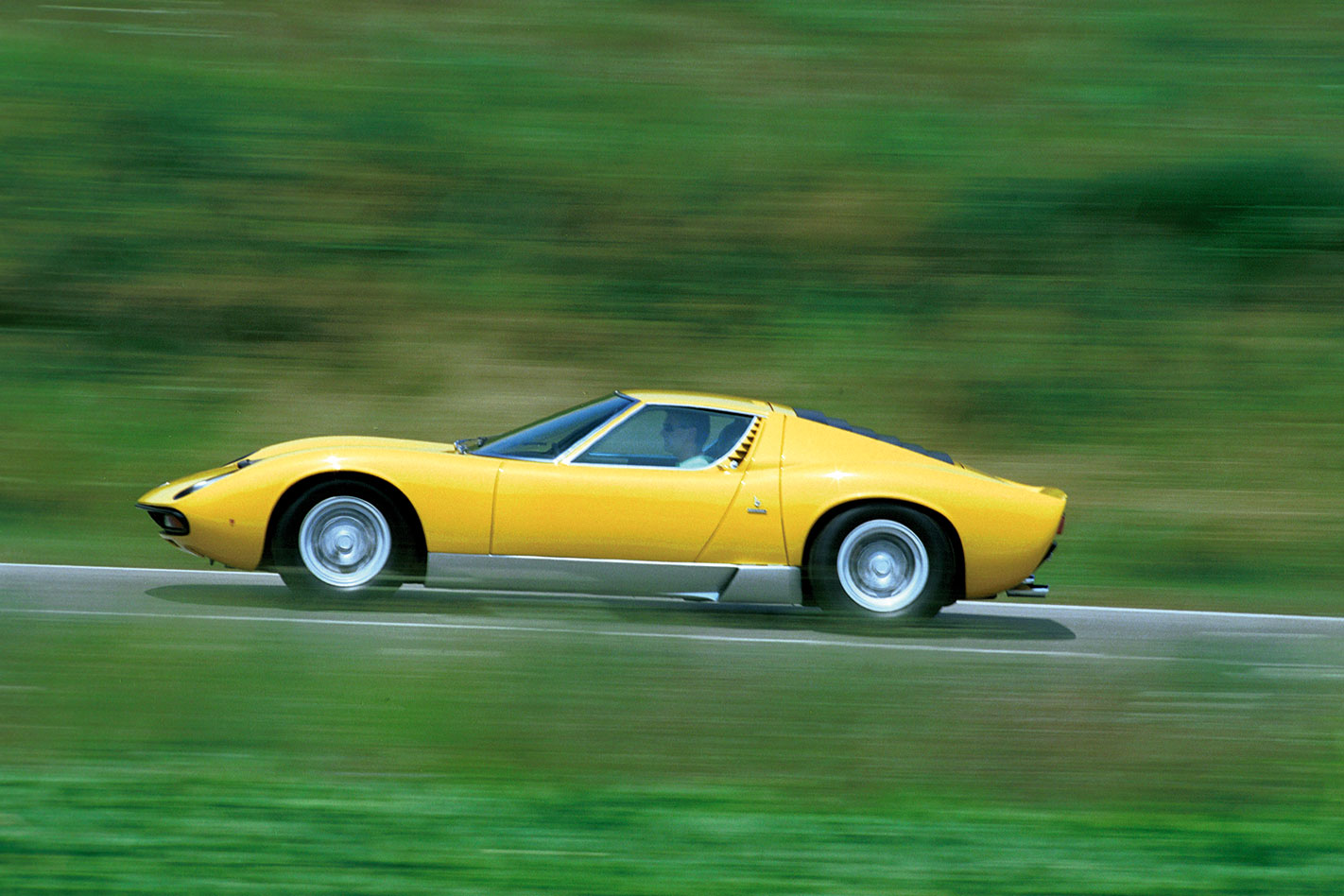Valentino Balboni has the smiling eyes and soft hands of your favourite grandfather.
But those eyes have scanned millions of kilometres of narrow Italian back roads and his finely-tuned fingers have controlled some of the world’s greatest supercars at – and sometimes over – their performance limits.
Balboni is a cult hero, feted around the world. He was Lamborghini’s chief test driver for 40 years and only Italy’s mandatory retirement age ended his long career refining the handling of the raging bulls from Sant’Agata Bolognese.
Now 64, he describes how he came to work at Lamborghini as a “dream”. Passing the original factory one day in 1968, he saw “beautiful” painted Miura bodies that had been delivered from Bertone being unloaded by an old man and, instinctively, he helped push them inside. The apprentice mechanic was subsequently offered a job at what was still a very small company.
Eventually Balboni began getting into trouble for driving, instead of pushing, Miuras around the factory, creating noise and dust in the fairly confined space. Summoned by management one day, he expected to be fired. Instead, they offered him a job as a trainee test driver under the tutelage of the great New Zealander, Bob Wallace, who taught him the finer points of test driving.

For Balboni, there was no eureka moment when he magically clicked with the Miura and became an ace – it was all down to hard work and an innate ability. “I knew what I wanted to do and it progressed day by day instinctively; it was not instant genius. Bob [Wallace] was the only test driver at Lamborghini in those days, he was my instructor and looked after me, and he found out I had the aptitude and gave me the basis to become a test driver.”
For an Italian, Balboni doesn’t ‘talk’ too much with his hands but they, like the rest of his body, were essential in becoming a great test driver. “The test driver must exercise his sensibilities, the parts of the body that touch the car,” he says, mimicking his hands on a steering wheel.
“It’s where you get the feelings and sensations. It’s not just only seeing or hearing, it’s a matter of feeling and remembering, and understanding those feelings and transferring them to the engineers because a test driver must not be an engineer.

Like a racing driver hammering out laps to within a tenth of each other, Balboni’s ability to be very consistent was important for checking engineering changes.
“Normally we had a set test route because if you go on the same place and you train your mind on the same place, once you make changes to the car it’s easier to feel the different reactions,” he explains. He’s also quick to point out the difference between a development test driver, which he was, and a production test driver.
“A production test driver has a different way of working but prototype development is always a very slow process, day by day, making changes, meetings, direct contact with engineers – you drive the car and sit with the people and talk.
“I am not an engineer but I grew up with them. I can’t make the calculations they do but I transfer my feelings and reactions with the car so they can understand and, as long as you have a good understanding, the result will be more accurate and quick.”
Forty years developing 320km/h supercars for people, most of whom will never drive them to his limits, must have occasionally seemed like a waste of time, MOTOR suggests?
“In a certain way, I agree,” he says. “[But] we don’t care how much percentage of the car the customer uses – we want to make a car that has this kind of [performance] characteristics. We have to give him the potential and it’s up to him how much he takes advantage of it. Of course, it is better for us when the customer knows the limit and real potential of the car, but it is not a must.”

That celebrity also led to him being a glorified driving coach for rich and famous Lambo clients. A few of the world’s biggest movie stars requsted Balboni to be their personal instructor – despite not liking being told how to drive.
“I was always very lucky to do this with movie stars but normally these people don’t like to be considered, shall we say, as a pupil,” he shrugs. “You have to understand what they want to be told and that is the secret. They have to be comfortable, but each one, in his own way, appreciates what we do.
“If we take a Miura, for example, and I talk to 10 customers, each one gives me different feelings of what he gets [from the car] and each one is different and each one is right. As long as it is positive and they are smiling, our job is done.”
Balboni is a purist when it comes to car control but understands the need for electronic aids like ABS and stability control. They do not mean the total end of driver skill, he says. “I always say that I was lucky to do my job before this era.”
“But I have to respect modern technology on a car, in certain ways they help a customer enjoy his car. What technology and electronics offer today is definitely positive, especially for the environment. I prefer to control a car but those times are over.”
This feature first appeared in the February 2014 issue of MOTOR magazine.





